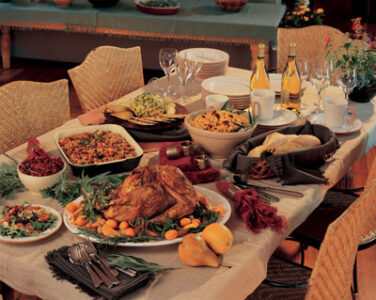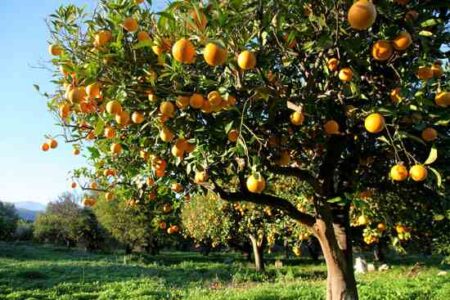A food garden is a cooperative happening between the gardener, the soil, the weather and companion plants. Those companions plants are the icing on the cake — they bring it altogether. This blog is all about them, specifically herbs, and how irreplaceable they are in your food garden (not to mention your life).
Mineral Rich Herbs
The reason herbs heal, soothe and boost us is they are packed with essential oils, enzymes, alkaloids, bioflavonoids and minerals. Imagine the benefit to our food plants when grown alongside this richness; and the strength of our soils when all that goodness is recycled back via mulch.
The range of minerals available through herbs is amazing. Here’s a sample:
• Borage – potassium, calcium
• Bracken – potassium, nitrogen
• Chickweed – copper, boron, iron, zinc, phosphorus
• Comfrey – phosphorus, calcium, iron, potassium, sodium, nitrogen
• Chamomile – calcium, potassium
• Clover – nitrogen, phosphorus, potassium
• Dandelion – silica, potassium, iron, copper, phosphorus, nitrogen, sulphur
• Fennel – copper, potassium
• Plantain – calcium
• Stinging nettle – iron, phosphorus, copper, calcium
• Thistle – nitrogen, copper, silica, potassium
• Thyme – vitamin c, copper, manganese, iron
• Yarrow – sulphur, potassium, copper
How to Grow and Harvest Your Own Mulch
Herbs are the ultimate companion plant. Make the most of their gifts by creating a border of perennial herbs around your vegetable patch. This border ticks plenty of boxes — a bounty of herbs for cooking and medicine, a boundary to keep the grass away from your vegetable patch, nectar/pollen-rich flowers for bees and beneficial insects, nutritious matter for compost heaps and best of all, ongoing supply of cut and come again mineral rich foliage for mulch.
Vigorous herbs with soft foliage make the best mulch. My favorites are lemon balm, yarrow, borage, parsley, fennel, sage and Mexican marigold. Plant them close together, leaving no room for weeds. Choose herbs that flower at different times of year to spread flowering over all the seasons for the bees.
Harvesting the mulch is the easy part. Whip around trimming back lush growth in your herbal border as well as plants that are taking over the paths and encroaching on their neighbors. Break or cut trimmings into 15cm bits into your wheelbarrow as you go. Add in fresh grass clippings, spent crops and any other bits you’ve got, like leaves. Mix it together and spread it on.

Mulch Is the Answer
Mulch is the fastest, easiest route to a healthy soil. The less you disturb your soil, the stronger it is.
A pile of mulch is a simple solution for many things — to begin a new garden bed, prepare ground for a fruit tree or rebuild tired soil. Keeping your soil covered with mulch at all times keeps it alive and moist. Mulch makes getting rid of weeds an easy job; simply dollop mulch on top of them.
I decided to have a go at growing my own mulch because it was costly buying in enough to support my mulch obsessed gardening style, and because there’s no labeling requirement for mulch, I had no way of knowing what pesticides and herbicides had been used. I also felt better feeding my soil a mixture rather than one type.
My first batch of home-grown mulch felt really good — I knew I was onto a good thing, and I haven’t looked back! As well being 100 percent organic and free, that yummy mixture supports a broad range of soil life for stronger soils.
Home-grown mulch is so vital! Money can’t buy the kind of fertility that recycling mineral-rich herbs back into your garden brings.







